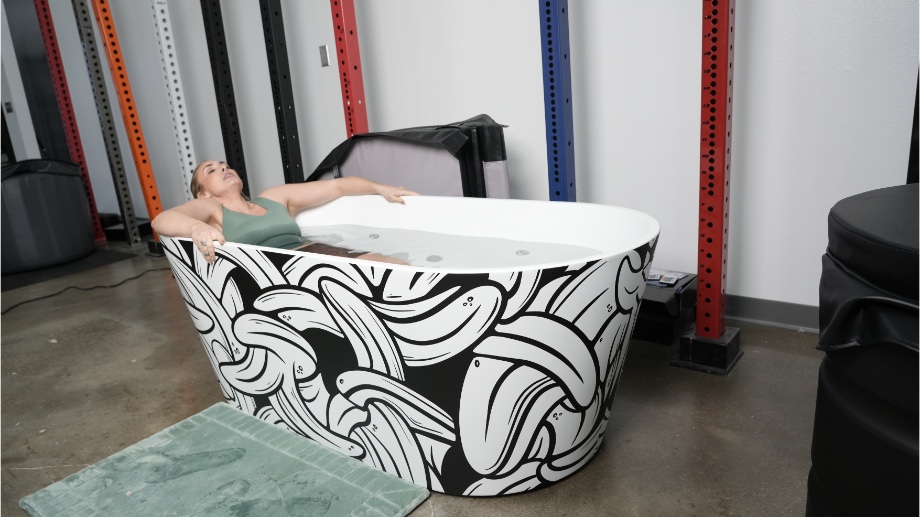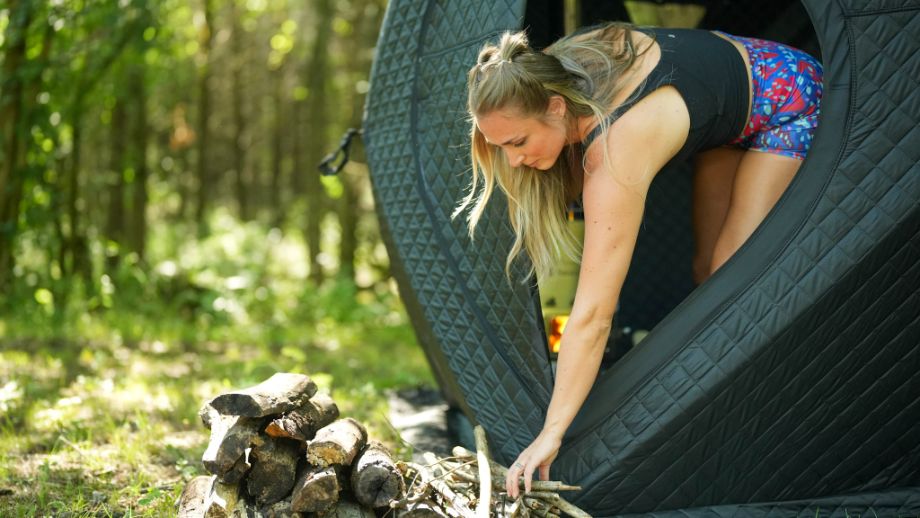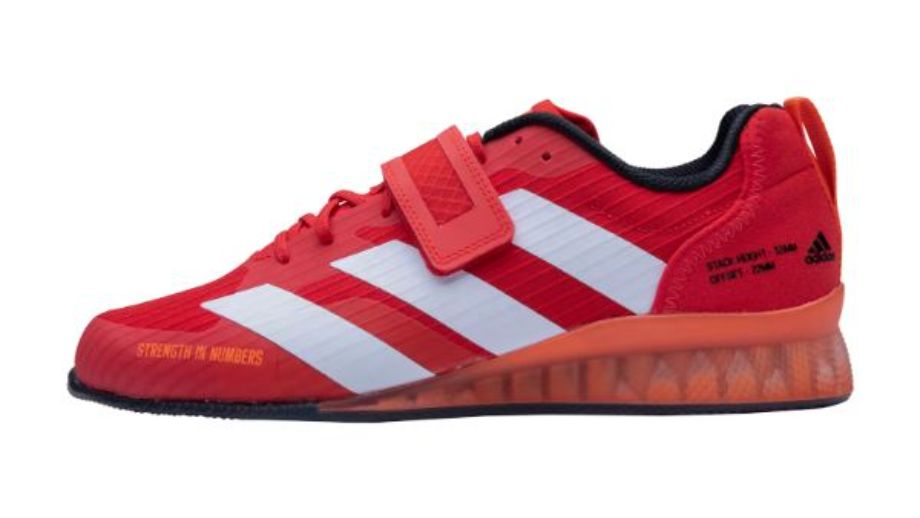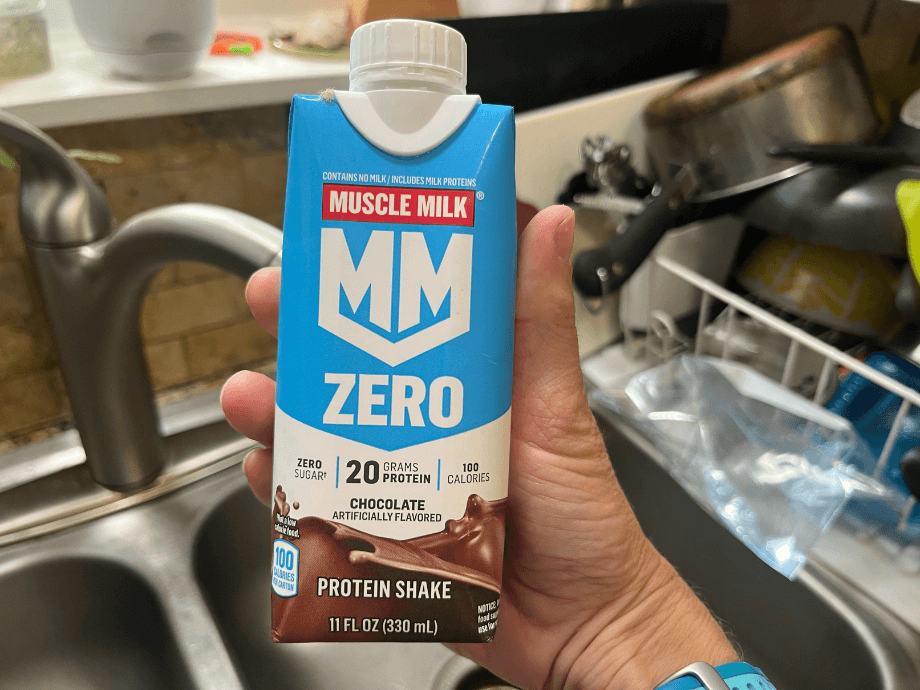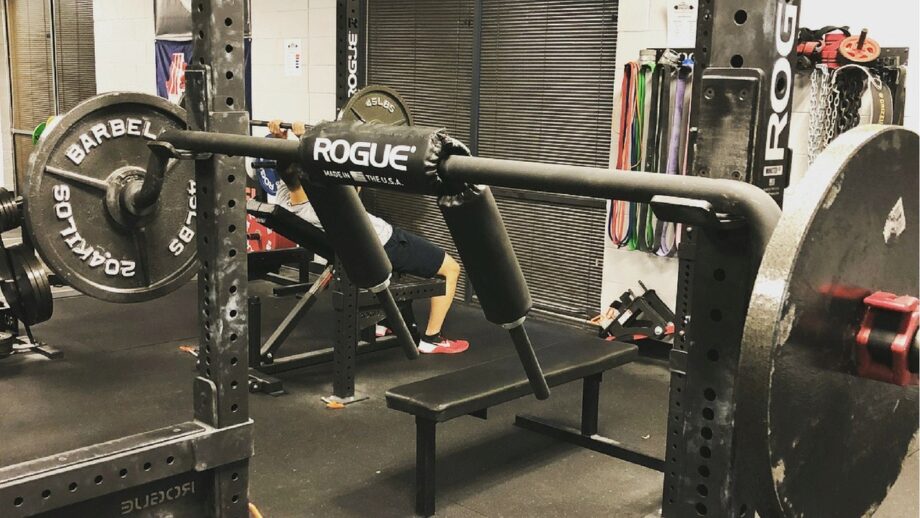What is hydrotherapy? Hydrotherapy, also referred to as water therapy or aquatic therapy, involves the use of water in different forms (hot, cold, steam, or ice) to provide pain relief, treat injuries, and improve overall well-being. This technique takes advantage of the properties of water—such as temperature, pressure, and buoyancy—to enhance blood flow, promote healing, and support muscle recovery. A versatile treatment option for a number of health conditions, hydrotherapy has a wide range of applications spanning from something as simple as a cold compress to a more intense option like a sweat session in a home sauna.
RELATED: Cold Plunge Vs Sauna
As a certified personal trainer (CPT) and longtime rugby player, I’ve utilized different forms of hydrotherapy for everything from recovering from physically demanding games to mentally preparing for challenging strength training sessions. From sitting in a steamy sauna to submerging myself in an ice bath, I’ve gone from one end of the temperature spectrum to the other.
To help steer you in the right water-based direction, I’ll break down the different types of hydrotherapy and go over the benefits and risks so you can make the best decision for your needs.
Medical disclaimer: This article is intended for educational and informational purposes only. It is not intended as a substitute for medical advice. For health advice, contact a licensed healthcare provider. GGR also recommends choosing a product that has been third-party tested for quality.
How Does Hydrotherapy Work?
Hydrotherapy works by leveraging your body’s reaction to different water temperatures. While warm water can allow your muscles to relax and promote better blood circulation to reduce soreness, cold water can help reduce inflammation, pain, and swelling.
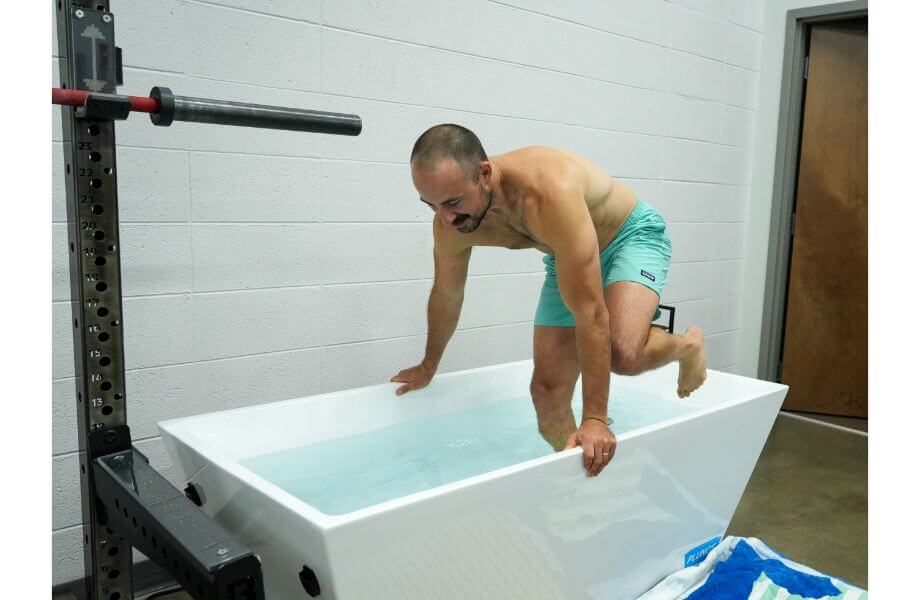
In addition, the buoyancy of water—the gravitational force that opposes the weight of an immersed object—reduces the impact on your joints¹, making water-based exercises especially useful for people with chronic conditions like arthritis, fibromyalgia, or back pain.
RELATED: Best Low-Impact Exercises
Types of Hydrotherapy
Hydrotherapy is far from a one-size-fits-all solution. In fact, there are many types of water-based techniques and treatments you can try for everything from pain relief to post-workout muscle recovery.
Let’s take the plunge and look at the most popular types of hydrotherapy:
Aquatic Therapy
Aquatic therapy is a form of physical therapy that typically takes place in a swimming pool. The buoyancy of the water reduces the impact on your joints, allowing for a greater range of motion. Physical therapists often prescribe this form of hydrotherapy for rehabilitating injuries, treating chronic conditions like osteoarthritis, and helping people with cerebral palsy and other physical limitations improve their balance, flexibility, and coordination.
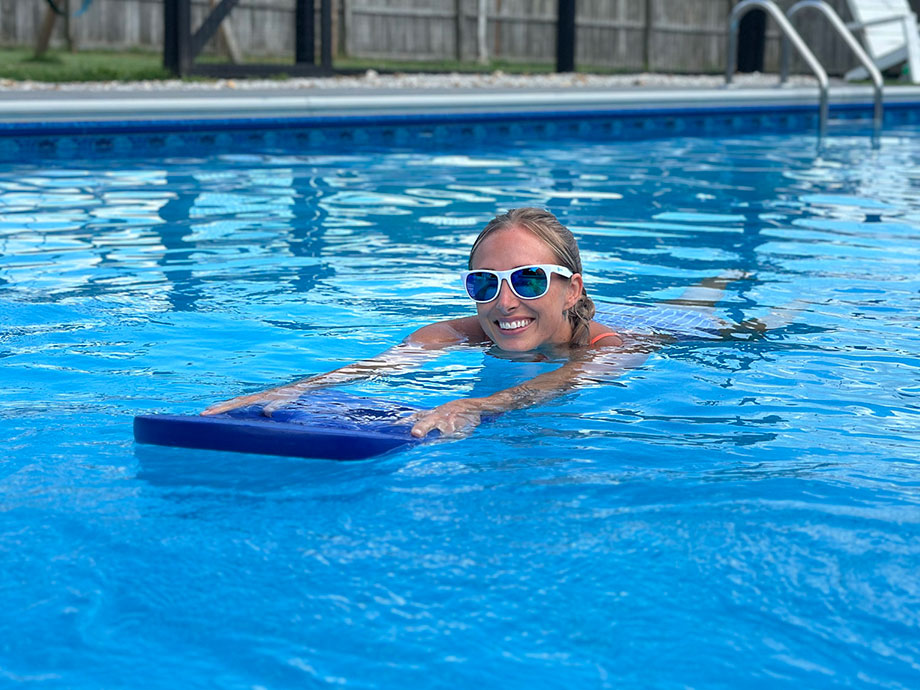
RELATED: 12 Low-Impact Pool Exercises
Balneotherapy
Balneotherapy relies on the healing properties of mineral-rich water to treat common conditions like psoriasis, eczema, and rheumatoid arthritis. This can take place in natural hot springs or in facilities such as spas that offer mineral or mud baths.
Cold Plunge
With ancient roots that date back to Roman baths and Scandinavian traditions, a cold plunge isn’t for the faint of heart. This form of hydrotherapy requires you to immerse your body in ice-cold water (usually between 53 to 60 degrees Fahrenheit) for five to 15 minutes. While that may not sound like a fun time, it can be an effective way to speed up muscle recovery and may help strengthen your immune system², but this is still being studied.
GGR Senior Staff Writer and Olympic weightlifter Caine Wilkes, OLY, USAW-L1, has utilized different hydrotherapy methods over the years to help him stay fresh. However, he poured some water on the concept of cold plunging as a recovery method.

“While I can feel relaxed after a cold plunge, recent studies show that the recovery felt from cold plunges is more perceived and subjective than actual objective recovery,” he explains. “I lean more toward hot baths and sauna use over cold plunges even though they can feel great.”
RELATED: Cold Plunge Benefits
Hot Tub
A hot tub isn’t just a place to kick back and relax with a cocktail. This form of hydrotherapy can help soothe sore muscles and provide pain relief by dilating your blood vessels³, which increases blood flow and overall circulation.
RELATED: Cold Plunge Vs Hot Tub
Contrast Water Therapy
This hydrotherapy method stimulates blood flow by alternating between hot and cold water immersion. Many athletes use contrast water therapy⁴ to reduce muscle soreness and hasten their recovery after intense training sessions or competitions.
While this form of hydrotherapy requires further research into its efficacy, Caine is a big believer in its benefits.
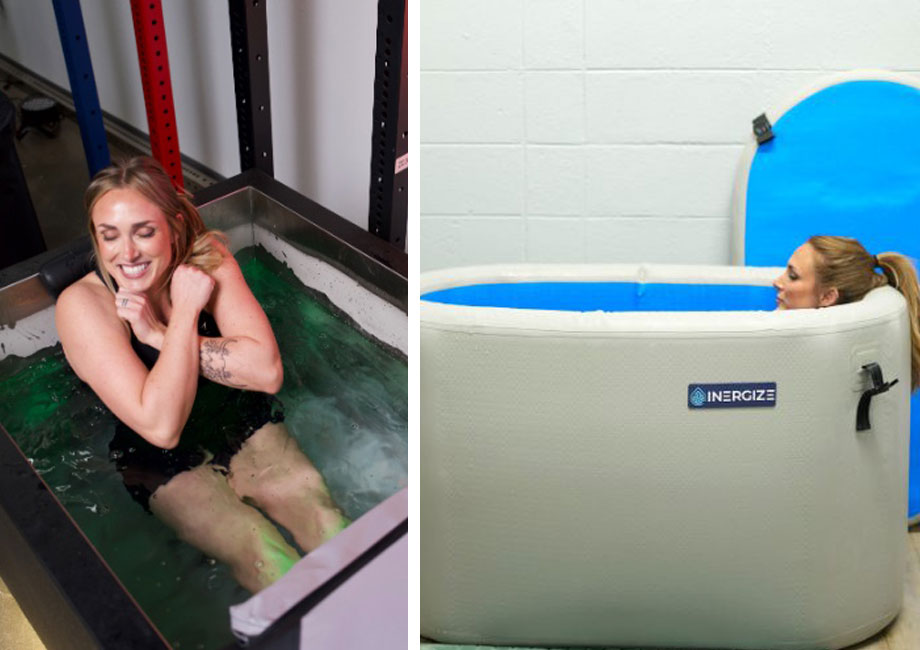
“My favorite thing to do is contrast baths: one or two minutes in cold water, followed by five to seven minutes in a hot tub or sauna,” he explains. “Always finish on the hot part to keep promoting muscular recovery and adaptation.”
Warm Compress
A traditional home remedy used to help relieve pain, inflammation, and sore muscles. You can make a warm compress by soaking a small towel in a bowl of hot water and applying it to the affected area for about 20 minutes. I consider this the sweet spot, as it strikes the right balance of providing relief without becoming intolerable.
Don’t forget to wring out the excess water before you apply it to your skin. Another safety tip: Always use a clean towel or cloth for each warm compress session. You don’t want to risk spreading bacteria, especially if you’re using it to treat an eye condition like conjunctivitis (pink eye) or a stye.
Ice Packs and Cold Compresses
One of the simplest and most familiar forms of hydrotherapy involves applying a cold compress or ice to help reduce swelling and pain. This is the gold standard when you suffer an injury. As a rugby player for the last 12 years, I’ve relied on plenty of ice packs to help deal with the many bumps and bruises I’ve picked up on the pitch.
What makes icing effective? In addition to numbing the affected area, which can reduce pain and tenderness, this form of cold therapy constricts blood vessels, reducing blood flow and inflammation.
Saunas and Steam Baths
Saunas and steam baths rely on hot air or steam to induce sweating, improve blood circulation, and relax your muscles. I like to spend at least five minutes in the sauna before working out to prime my mind and body for lifting.
I’ll also throw in a post-workout sauna session from time to time. This gives me an opportunity to stretch and unwind after a tough workout. I’ll even break out my massage gun on occasion to kickstart the recovery process before I head home.
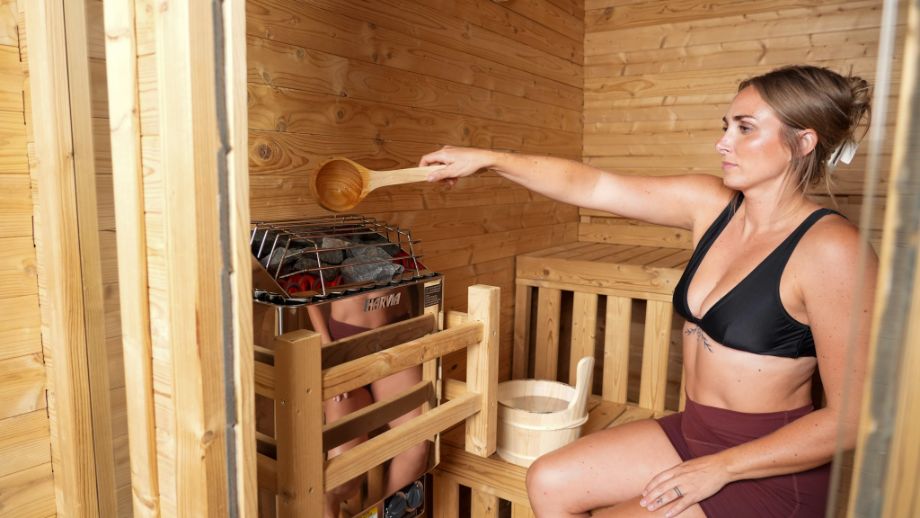
RELATED: Wet Sauna Vs Dry Sauna
Sitz Bath
A treatment option used in postpartum recovery and to relieve discomfort from conditions like hemorrhoids, anal fissures, and constipation, a sitz bath involves sitting in a shallow bath of cold or warm water. Does the temperature make a difference? Interestingly, research on cold vs. warm sitz baths yielded some surprising results.
According to a study published in the Journal of Obstetric, Gynecologic & Neonatal Nursing⁵, patients with postpartum perineal pain experienced the greatest relief immediately after cold sitz baths. So, even though a warm bath may sound soothing, the cold sitz route may be more effective.
Whirlpool Therapy
Soaking in a whirlpool bath may help relieve muscle spasms, joint pain, and stiffness. In addition, whirlpools are also used in wound care⁶ to help create a healing environment.
Benefits of Hydrotherapy
While I’ve briefly touched upon some of the health benefits of different hydrotherapy treatment options, let’s wade into deeper waters and see what the science says.
May Help Provide Pain Relief
Hydrotherapy is most closely associated with pain relief. While warm water can relax sore muscles, ice baths or ice packs may help effectively treat conditions like arthritis, back pain, and fibromyalgia—a chronic disorder causing pain and tenderness throughout the body. According to a 2019 study⁷, aquatic therapy helped significantly reduced pain and improved the quality of life in individuals with fibromyalgia syndrome (FMS).
RELATED: Acupressure Mat Benefits
Can Enhance Blood Flow
Hydrotherapy techniques like warm water immersion improve blood circulation, which can boost healing and recovery by increasing blood flow⁸ to injured tissues after exercise.
Can Improve Range of Motion
Water’s buoyancy allows for a greater range of movement, making hydrotherapy an ideal rehabilitation solution after surgery or an injury. Water-based exercises are also beneficial for those with conditions that limit mobility, such as multiple sclerosis or ankylosing spondylitis—a form of arthritis that causes inflammation in certain parts of the spine. Older adults and those dealing with joint pain can also use pool workouts to work on their strength, stability, and mobility with minimal impact.
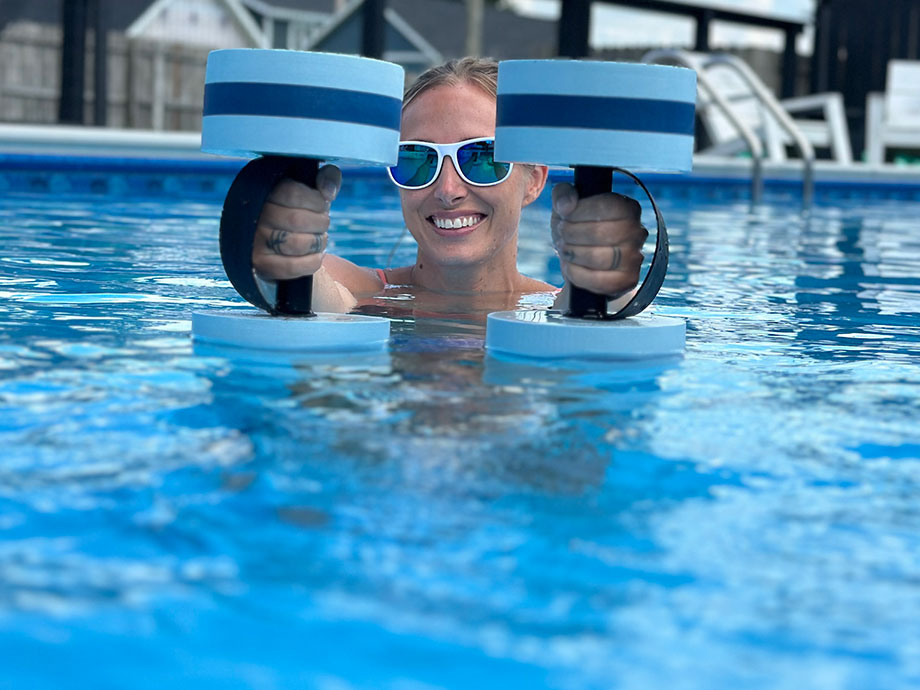
RELATED: Benefits of Water Aerobics
May Reduce Stress and Improve Mood
Hydrotherapy can have a positive effect on your mental health. On one hand, the calming nature of warm water can reduce stress and anxiety. On the other hand, engaging in aquatic exercise can enhance your overall well-being by keeping you active.
According to a 2024 meta-analysis published in Current Psychology⁹, hydrotherapy, such as balneotherapy, was shown to help reduce depression and anxiety scores in adults. Specifically, balneotherapy was more effective in reducing anxiety scores.
RELATED: Exercise and Mental Health
Can Help Treat Certain Chronic Conditions
Hydrotherapy can be helpful in managing chronic conditions such as rheumatoid arthritis, fibromyalgia, and multiple sclerosis (MS). According to a 2012 randomized control trial10 on hydrotherapy as a treatment option, an aquatic exercise program can improve pain, muscle spasms, fatigue, and depression in MS patients.
Can Improve Cardiovascular Health
In addition to consistent cardiovascular exercise, hydrotherapy can help improve heart health by lowering blood pressure¹¹, thus improving circulation. Cold water immersion, in particular, has been found to benefit blood pressure and heart rate variability¹².
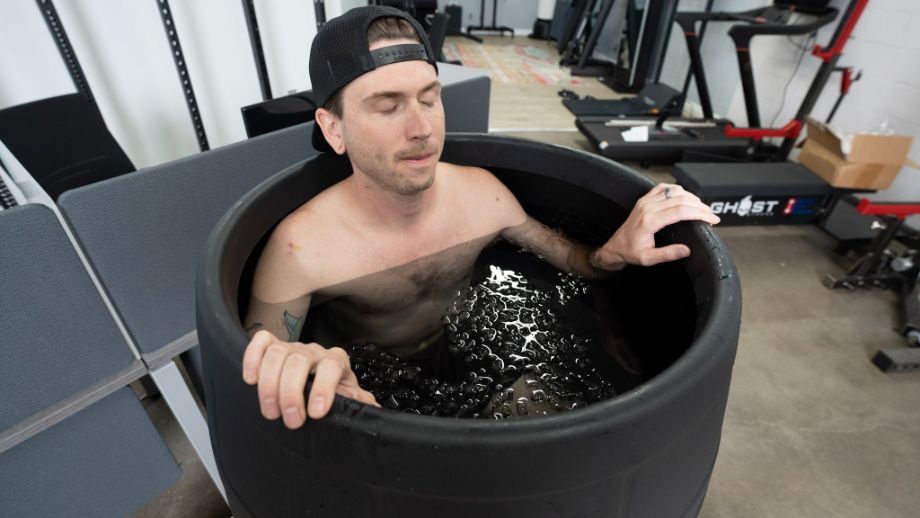
RELATED: Cardiovascular Fitness
Can Support Better Skin Health
Balneotherapy can help treat skin conditions like acne, eczema, and psoriasis by enhancing hydration and promoting detoxification. A 2023 study¹³ on patients with skin lesions found that using balneotherapy for three to seven days resulted in 95.2% of cases of eczematous dermatitis showing improvement.
Supports Muscle Relaxation and Recovery
The use of warm water and massage in hydrotherapy can help provide much-needed relief for tense muscles. In addition, many athletes utilize different forms of hydrotherapy for recovery to help them prepare for their next workout or contest. This could range from post-match ice baths and active recovery pool workouts to sweat-inducing sauna or hot tub sessions.
RELATED: Best Muscle Recovery Supplements
Potential Risks of Hydrotherapy
Although hydrotherapy is generally safe, you should be aware of potential side effects before you commit to this treatment option. Understanding the risks associated with specific practices and populations can keep you safe instead of potentially exposing you to harm.
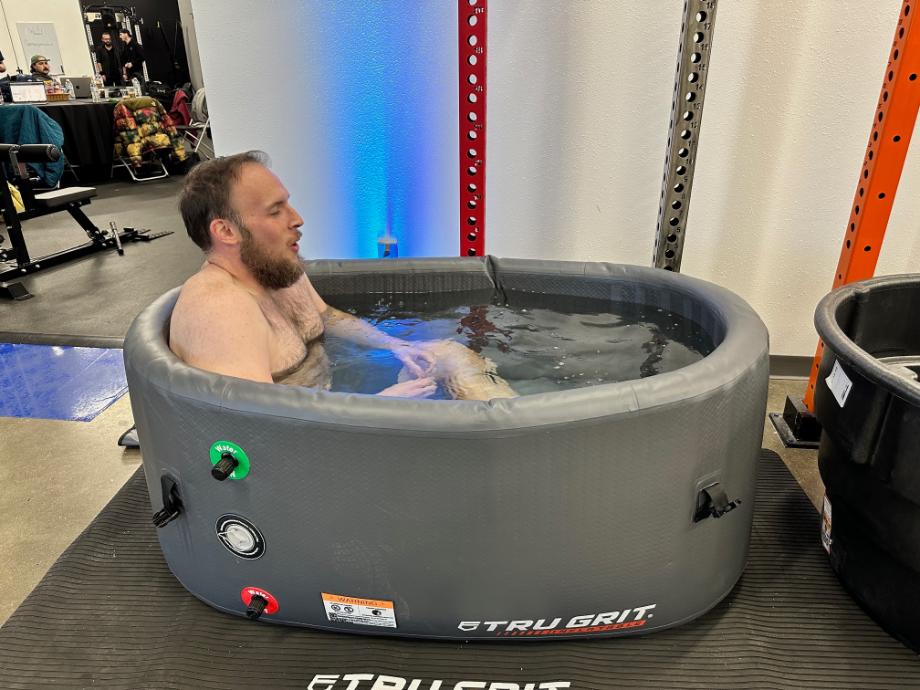
Here are risk factors to keep in mind when deciding which direction to take with hydrotherapy:
- Existing heart conditions: Those with heart problems should be especially cautious with hydrotherapy since hot water treatments like saunas or steam baths can increase your heart rate and blood pressure, opening the door to potential cardiovascular issues.
- Risk of infection: Public pools, hydrotherapy facilities, or even your home sauna can be a breeding ground for bacteria. Ensure any hydrotherapy pool or facility is properly cleaned before you take a dip. In addition, proper home sauna maintenance will help maintain a clean, safe environment.
- Skin reactions: Some individuals may experience skin reactions or irritations from hydrotherapy treatments. For example, chemicals used to treat pools or hot tubs may cause an adverse reaction. Prolonged exposure to contaminated water can lead to hot tub rash¹⁴, a temporary condition characterized by an itchy, red, bumpy rash and pus-filled blisters around hair follicles.
- Cold water exposure: While cold water immersion can be beneficial, it may not be suitable for everyone. For example, those with Raynaud’s disease¹⁵—a chronic condition that causes reduced blood flow to the extremities—or certain cardiovascular issues need to avoid cold water treatments for safety reasons.
RELATED: Cryotherapy Vs Cold Plunge
What Is Hydrotherapy? Final Thoughts
Hydrotherapy is a broad term that essentially includes any treatment that utilizes the effects of water. Whether you’re seeking pain relief, enhanced muscle recovery, or another benefit of hydrotherapy, there’s ample flexibility to select the form that best suits your needs.
However, as with any medical treatment, you shouldn’t dive right in without first speaking to a healthcare provider. Once you’ve determined the best water-based path, you can pencil hydrotherapy into your wellness protocol to maintain a consistent flow with your workout routine.
Although I’ve yet to try all forms of hydrotherapy, I’m a big proponent of including several methods in your recovery routine—namely, saunas and contrast water therapy. Many commercial gyms offer sauna access as a membership perk, and all you have to do is turn the shower handle from one side to the other (and endure the stark temperature shift) to enjoy the benefits of contrast water therapy.
What Is Hydrotherapy? FAQs
What is hydrotherapy used for?
Hydrotherapy is used for a wide variety of purposes, from pain relief and rehabilitation to stress relief and managing chronic medical conditions like arthritis and fibromyalgia.
What should you expect during a hydrotherapy session?
While it depends on your goals and the specific treatment, a hydrotherapy session typically includes being immersed in hot or cold water. Some sessions may involve water-based exercises, massages, or other techniques.
RELATED: Pool Exercises for Abs
Who shouldn’t use hydrotherapy?
People who are pregnant and individuals with heart conditions or certain skin conditions should speak with a healthcare provider before undergoing certain types of hydrotherapy. For example, the American Pregnancy Association¹⁶ cautions against sauna use since pregnant people are more susceptible to dehydration, dizziness, and lower blood pressure—all of which can be exacerbated by extreme heat.
What are the side effects of hydrotherapy?
Depending on the type of treatment, potential side effects of hydrotherapy include skin irritations, bacterial infections, and complications from extreme temperatures.
References
- Kutzner, I., Richter, A., Gordt, K., Dymke, J., Damm, P., Duda, G. N., Günzl, R., & Bergmann, G. (2017). Does aquatic exercise reduce hip and knee joint loading? In vivo load measurements with instrumented implants. PloS one, 12(3), e0171972. https://doi.org/10.1371/journal.pone.0171972
- Janský L, Pospísilová D, Honzová S, Ulicný B, Srámek P, Zeman V, Kamínková J. Immune system of cold-exposed and cold-adapted humans. Eur J Appl Physiol Occup Physiol. 1996;72(5-6):445-50. doi: 10.1007/BF00242274. PMID: 8925815.
- An, J., Lee, I., & Yi, Y. (2019). The Thermal Effects of Water Immersion on Health Outcomes: An Integrative Review. International journal of environmental research and public health, 16(7), 1280. https://doi.org/10.3390/ijerph16071280
- Bieuzen F, Bleakley CM, Costello JT. Contrast water therapy and exercise induced muscle damage: a systematic review and meta-analysis. PLoS One. 2013 Apr 23;8(4):e62356. doi: 10.1371/journal.pone.0062356. PMID: 23626806; PMCID: PMC3633882.
- Ramler, D., & Roberts, J. (1986). A comparison of cold warm sitz baths for relief of postpartum perineal pain. JOGN Nursing, 15(6), 471–474. https://doi.org/10.1111/j.1552-6909.1986.tb01426.x
- Tao, H., Butler, J. P., & Luttrell, T. (2013). The role of whirlpool in wound care. The journal of the American College of Clinical Wound Specialists, 4(1), 7–12. https://doi.org/10.1016/j.jccw.2013.01.002
- Zamunér, A. R., Andrade, C. P., Arca, E. A., & Avila, M. A. (2019). Impact of water therapy on pain management in patients with fibromyalgia: current perspectives. Journal of pain research, 12, 1971–2007. https://doi.org/10.2147/JPR.S161494
- Jackman, J. S., Bell, P. G., Van Someren, K., Gondek, M. B., Hills, F. A., Wilson, L. J., & Cockburn, E. (2023). Effect of hot water immersion on acute physiological responses following resistance exercise. Frontiers in physiology, 14, 1213733. https://doi.org/10.3389/fphys.2023.1213733
- Koroglu, S., Yıldız, M. Effectiveness of hydrotherapy and balneotherapy for anxiety and depression symptoms: a meta-analysis. Curr Psychol (2024). https://doi.org/10.1007/s12144-024-06062-w
- Castro-Sánchez, A. M., Matarán-Peñarrocha, G. A., Lara-Palomo, I., Saavedra-Hernández, M., Arroyo-Morales, M., & Moreno-Lorenzo, C. (2012). Hydrotherapy for the treatment of pain in people with multiple sclerosis: a randomized controlled trial. Evidence-based complementary and alternative medicine : eCAM, 2012, 473963. https://doi.org/10.1155/2012/473963
- Moini Jazani A, Nasimi Doost Azgomi H, Nasimi Doost Azgomi A, Nasimi Doost Azgomi R. Effect of hydrotherapy, balneotherapy, and spa therapy on blood pressure: a mini-review. Int J Biometeorol. 2023 Sep;67(9):1387-1396. doi: 10.1007/s00484-023-02512-5. Epub 2023 Jul 12. PMID: 37438576.
- Almeida, A. C., Machado, A. F., Albuquerque, M. C., Netto, L. M., Vanderlei, F. M., Vanderlei, L. C. M., Netto, J., Junior, & Pastre, C. M. (2016). The effects of cold water immersion with different dosages (duration and temperature variations) on heart rate variability post-exercise recovery: A randomized controlled trial. Journal of Science and Medicine in Sport, 19(8), 676–681. https://doi.org/10.1016/j.jsams.2015.10.003
- Gebretsadik A. (2023). Effect of Balneotherapy on Skin Lesion at Hot Springs in Southern Ethiopia: A Single-Arm Prospective Cohort Study. Clinical, cosmetic and investigational dermatology, 16, 1259–1268. https://doi.org/10.2147/CCID.S413926
- Preventing hot tub rash. (2024, May 8). Healthy Swimming. https://www.cdc.gov/healthy-swimming/prevention/preventing-hot-tub-rash.html
- Temprano K. K. (2016). A Review of Raynaud’s Disease. Missouri medicine, 113(2), 123–126.
- American Pregnancy Association. (2021, December 9). Saunas during pregnancy. https://americanpregnancy.org/healthy-pregnancy/is-it-safe/saunas-and-pregnancy/




